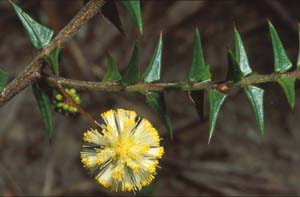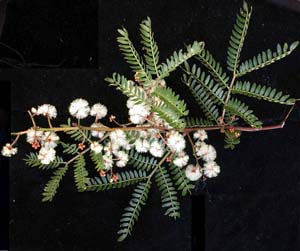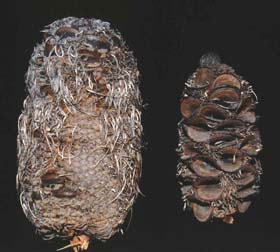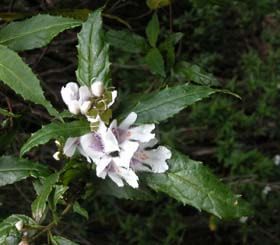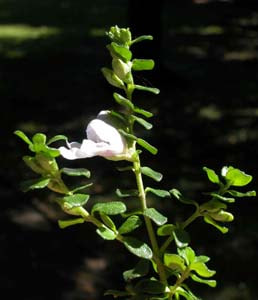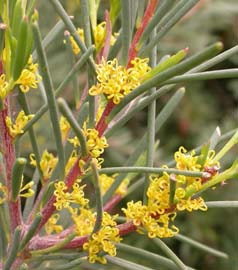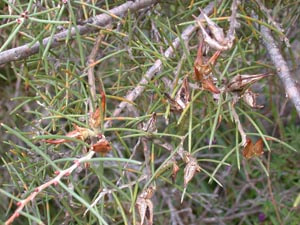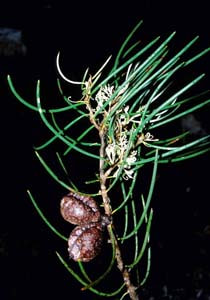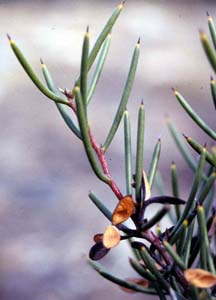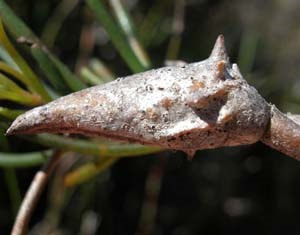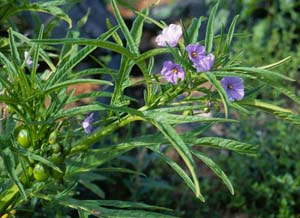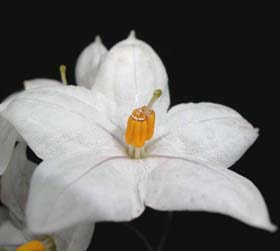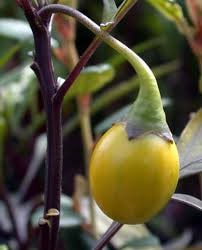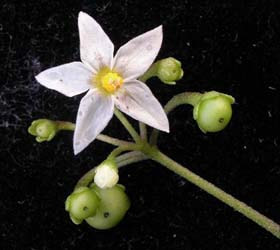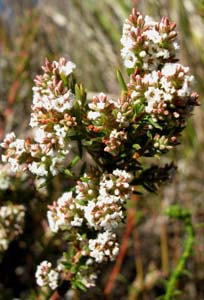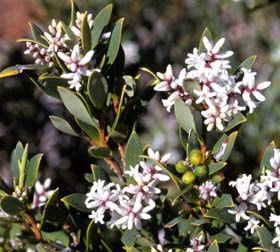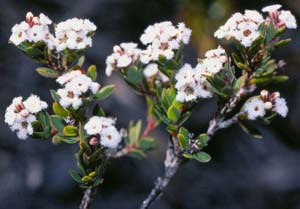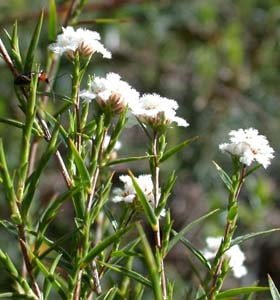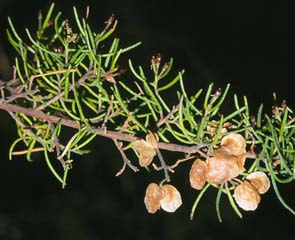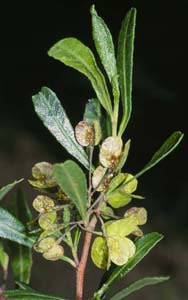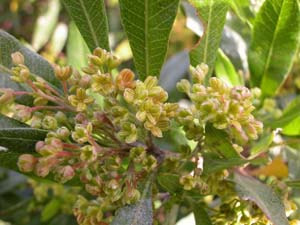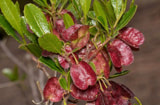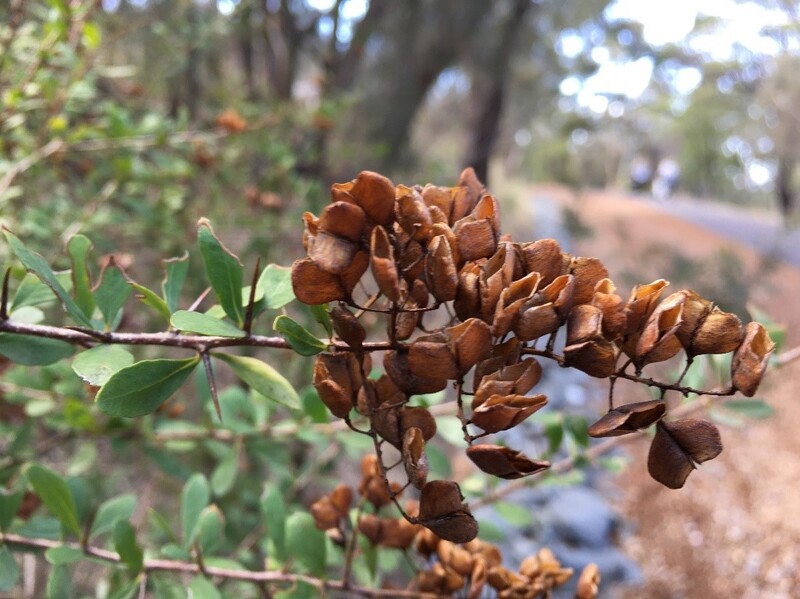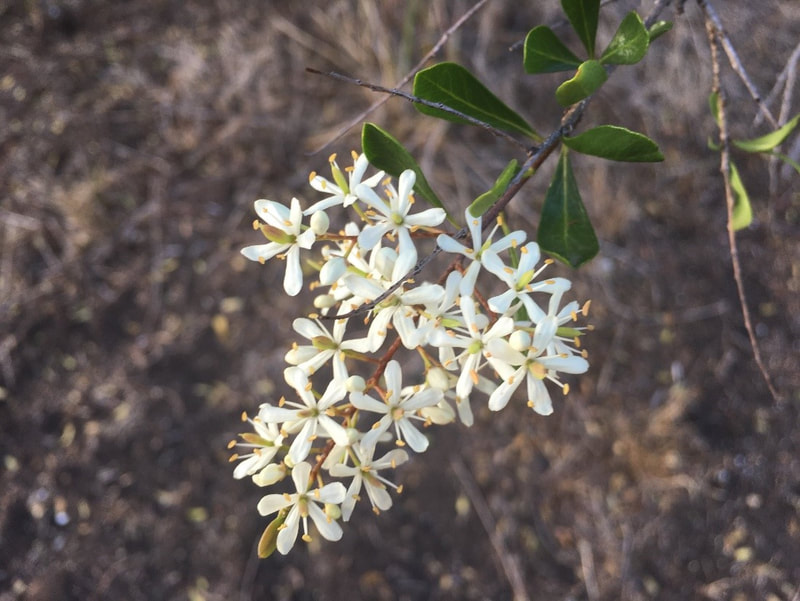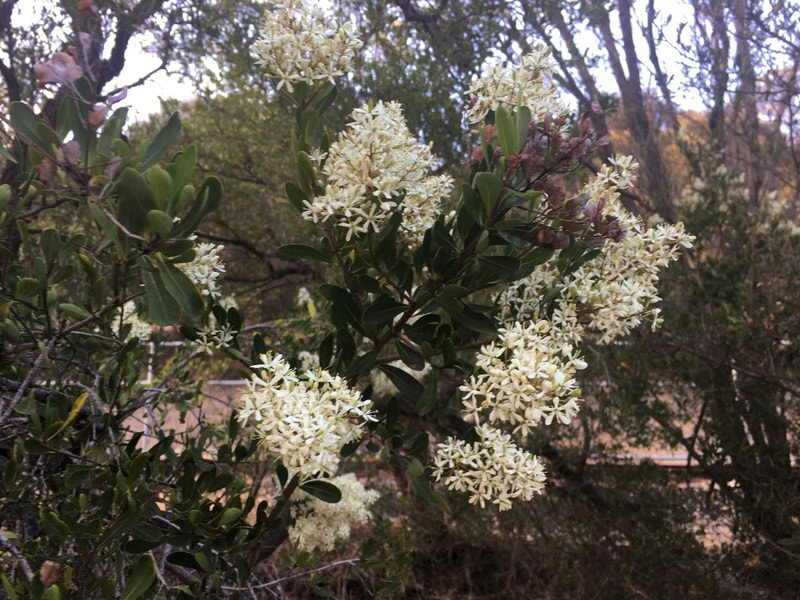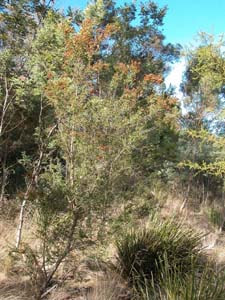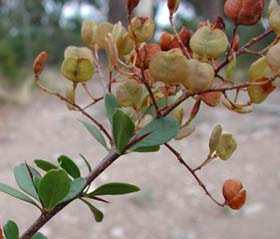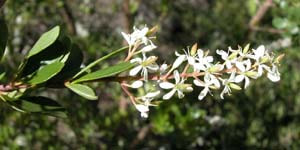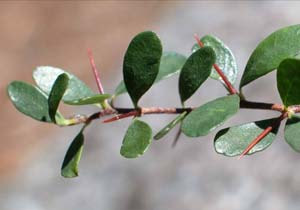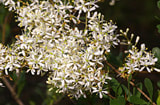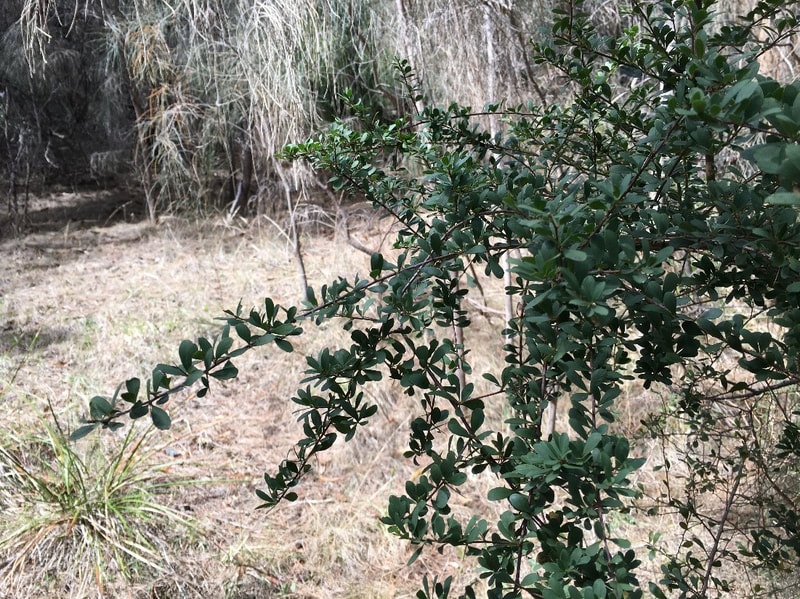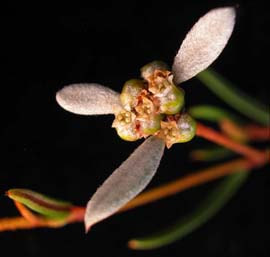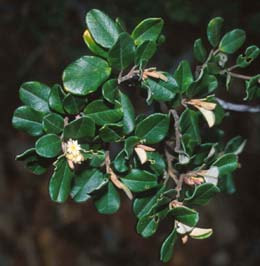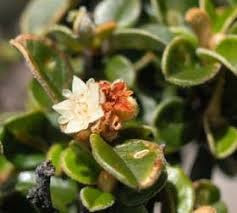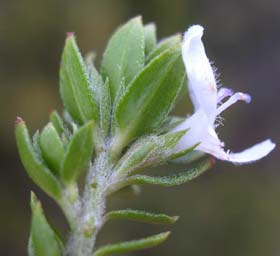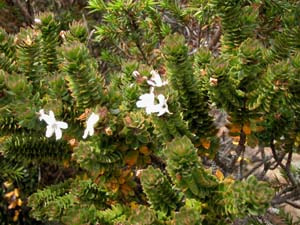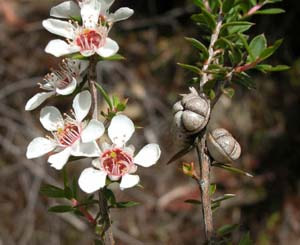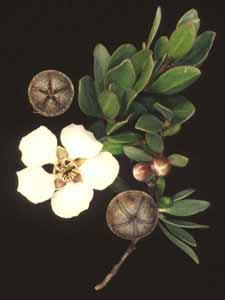Family: Myrtaceae
Genus: Leptospermum. Tea-tree
Most species are endemic to Australia. Not all. Some New Zealand and Pacific Islands.
All have five conspicuous petals, five groups of stamens. Single style in centre of flower. Fruit is a five walled woody fruit that remain on bush for years.
Seeds are often released when plant dies.
Grows in most well drained soils. Often used in regeneration projects. Often in cleared areas the first recoloniser. Prefer moist low nutrient soils.
Very good garden plants. Frost tolerant. Most soils. Can be pruned to shape.
The common name because early settlers made herbal tea from the leaves.
Species in Australia and New Zealand are evolving in different ways.
Species : Leptospermum scoparium: common tea-tree.
In New Zealand it is called manuka.
Shrubs: Height up to 4m. Width up to 2m.
Leaves are thick. 2cm long with sharp tip.
Flowers are white. Can be pink or red. 2cm in diameter.
Fibrous flaky bark.
The nectar is harvested by bees to produce Manuka honey.
Distribution: widespread and common in Tasmania in dry sclerophyll forest.
Species: Leptospermum lanigerum: woolly tea-tree.
Distribution: NSW, Victoria, SA and Tasmania.
Widespread in Tasmania. Prefers waterlogged wet areas.
Leaves: hairy, broad in middle, blunt end.
Seed capsules: woolly.
Genus: Leptospermum. Tea-tree
Most species are endemic to Australia. Not all. Some New Zealand and Pacific Islands.
All have five conspicuous petals, five groups of stamens. Single style in centre of flower. Fruit is a five walled woody fruit that remain on bush for years.
Seeds are often released when plant dies.
Grows in most well drained soils. Often used in regeneration projects. Often in cleared areas the first recoloniser. Prefer moist low nutrient soils.
Very good garden plants. Frost tolerant. Most soils. Can be pruned to shape.
The common name because early settlers made herbal tea from the leaves.
Species in Australia and New Zealand are evolving in different ways.
Species : Leptospermum scoparium: common tea-tree.
In New Zealand it is called manuka.
Shrubs: Height up to 4m. Width up to 2m.
Leaves are thick. 2cm long with sharp tip.
Flowers are white. Can be pink or red. 2cm in diameter.
Fibrous flaky bark.
The nectar is harvested by bees to produce Manuka honey.
Distribution: widespread and common in Tasmania in dry sclerophyll forest.
Species: Leptospermum lanigerum: woolly tea-tree.
Distribution: NSW, Victoria, SA and Tasmania.
Widespread in Tasmania. Prefers waterlogged wet areas.
Leaves: hairy, broad in middle, blunt end.
Seed capsules: woolly.
